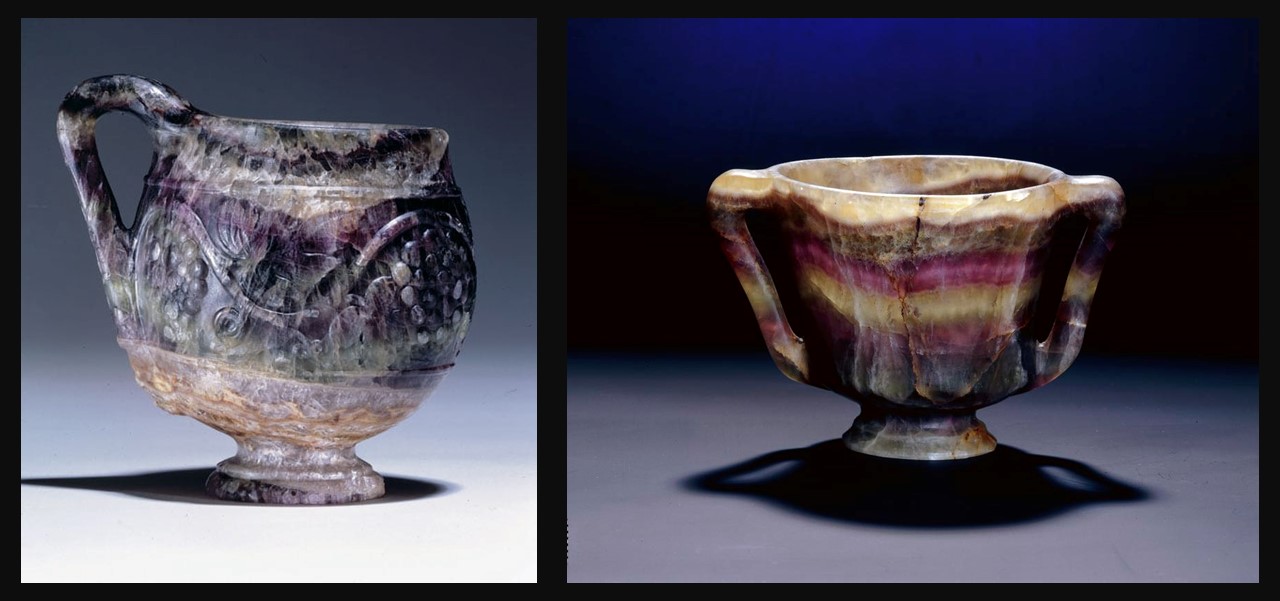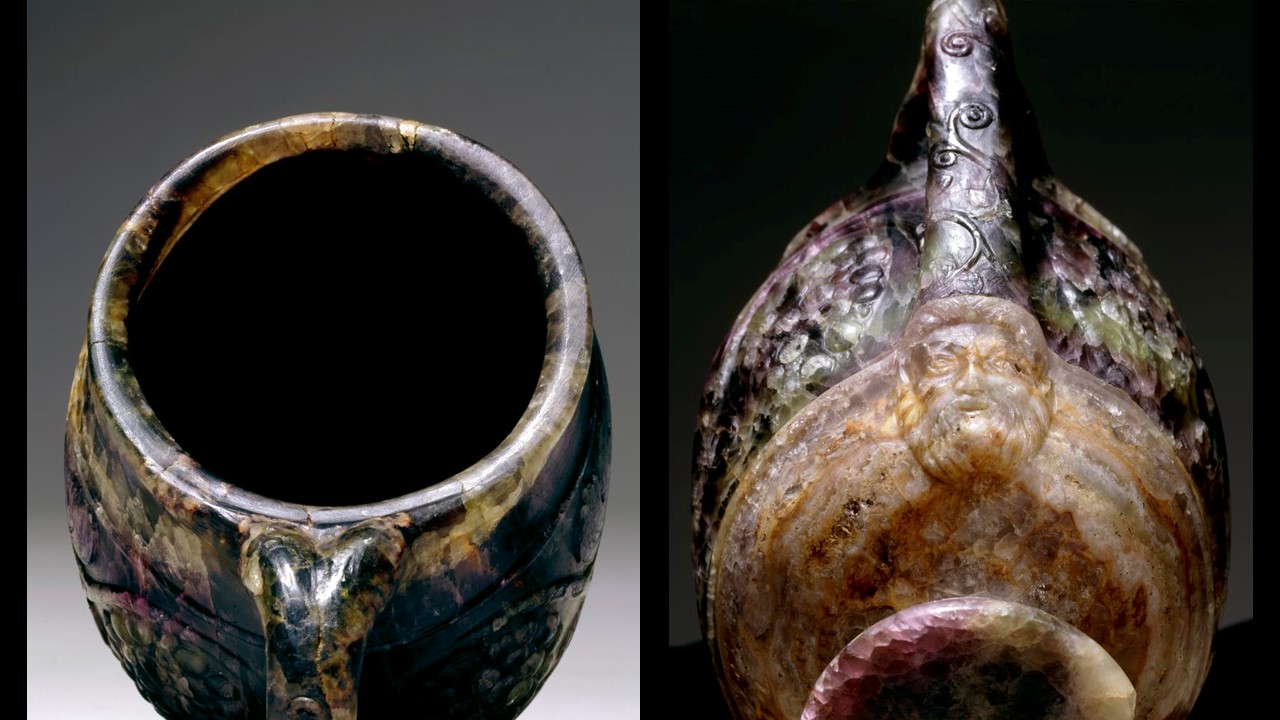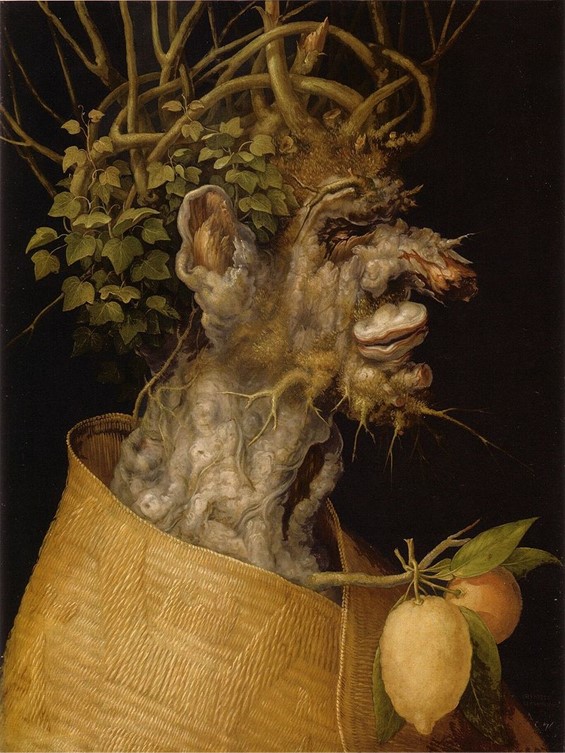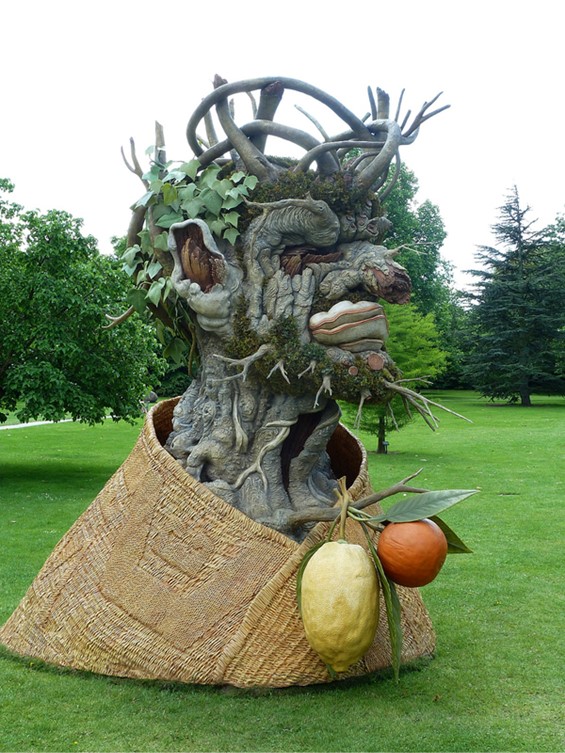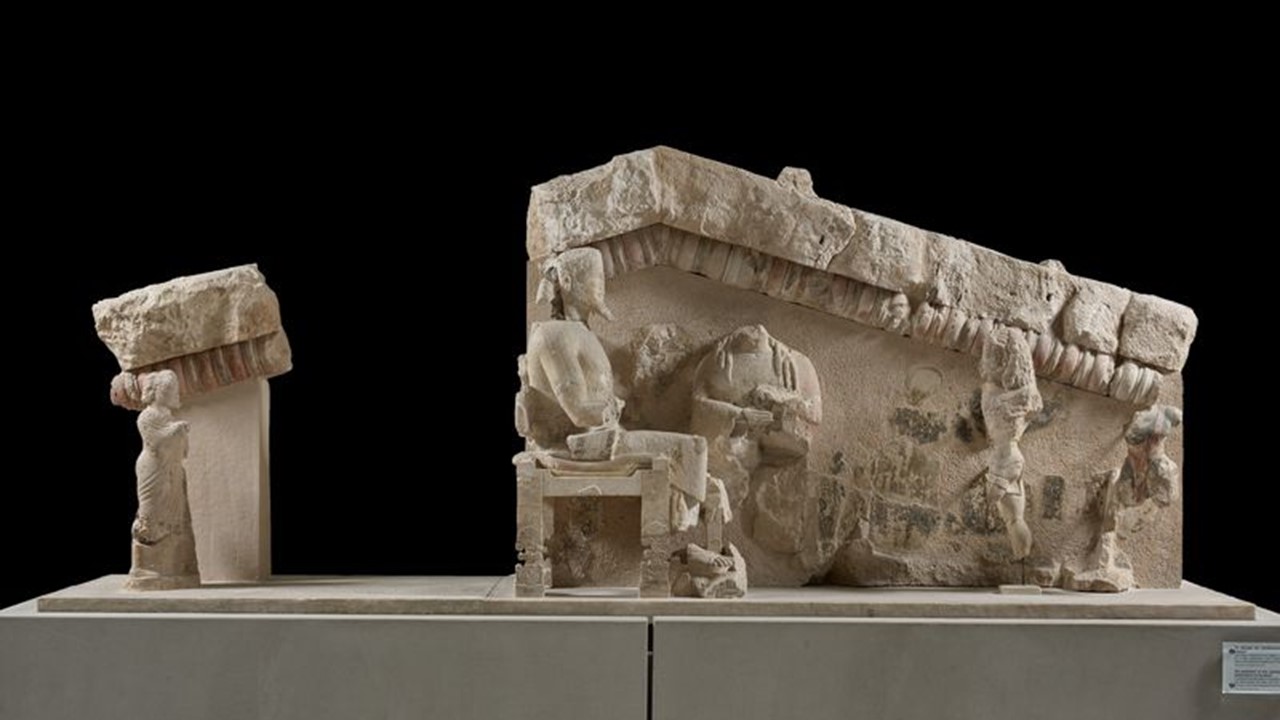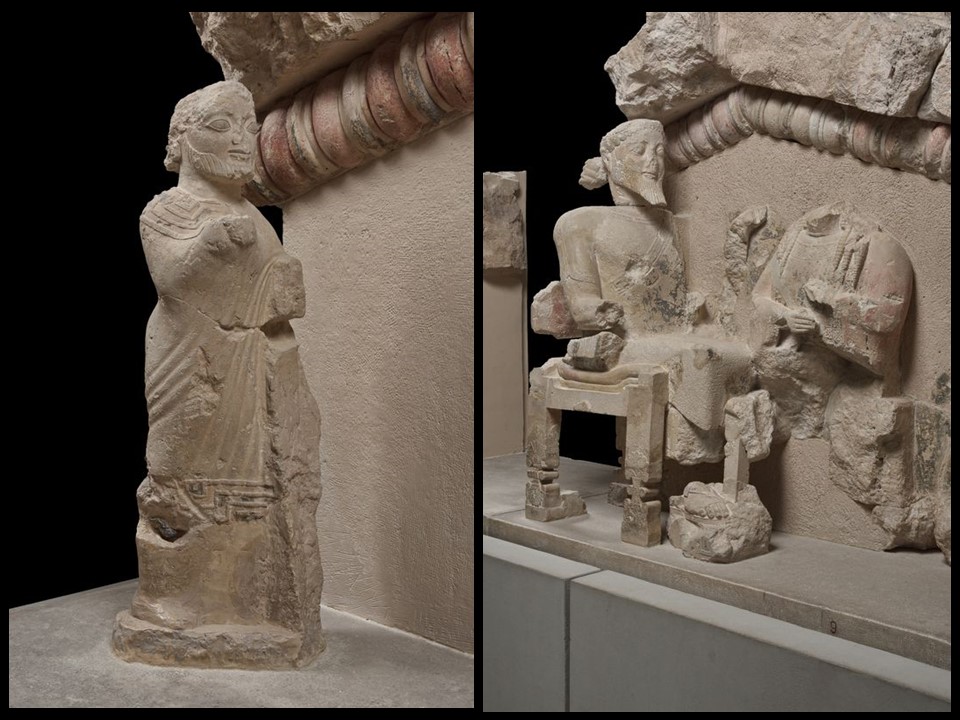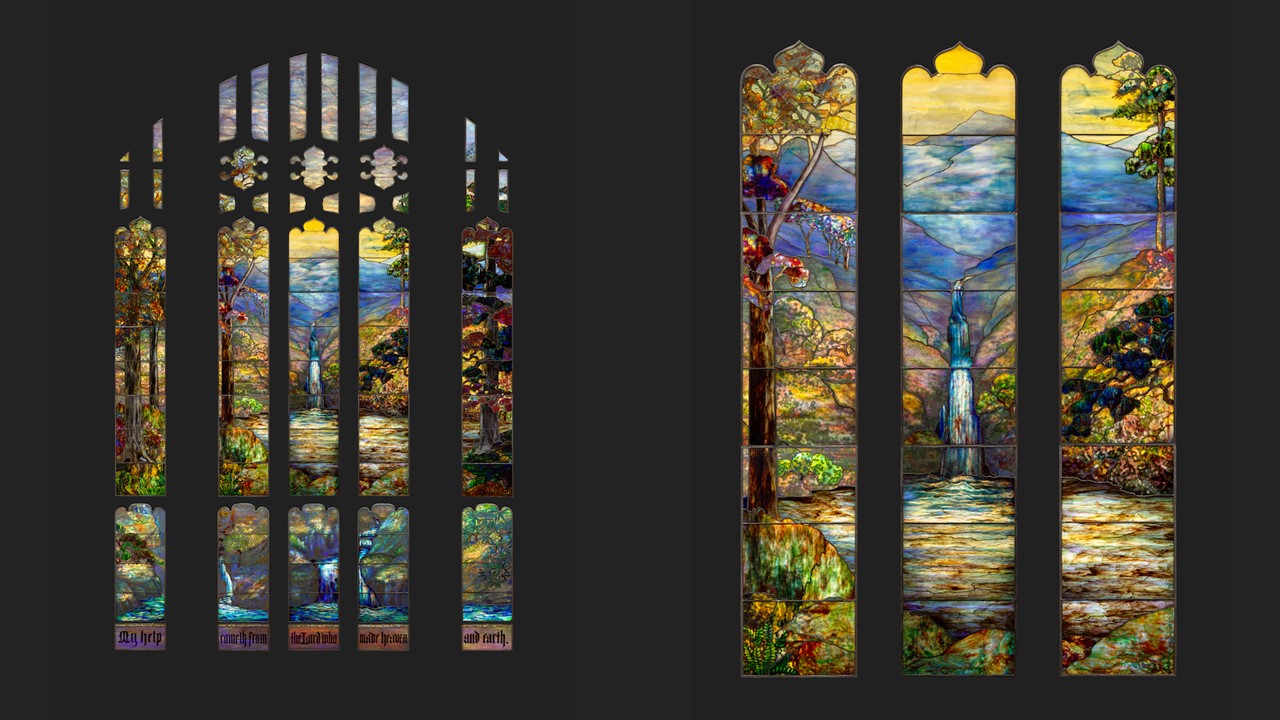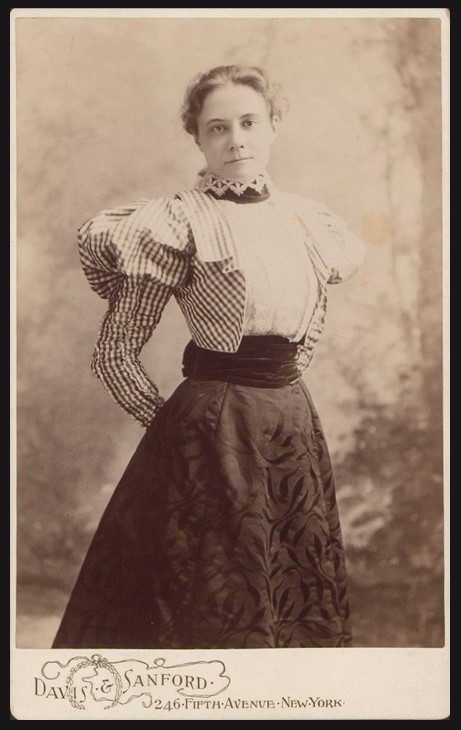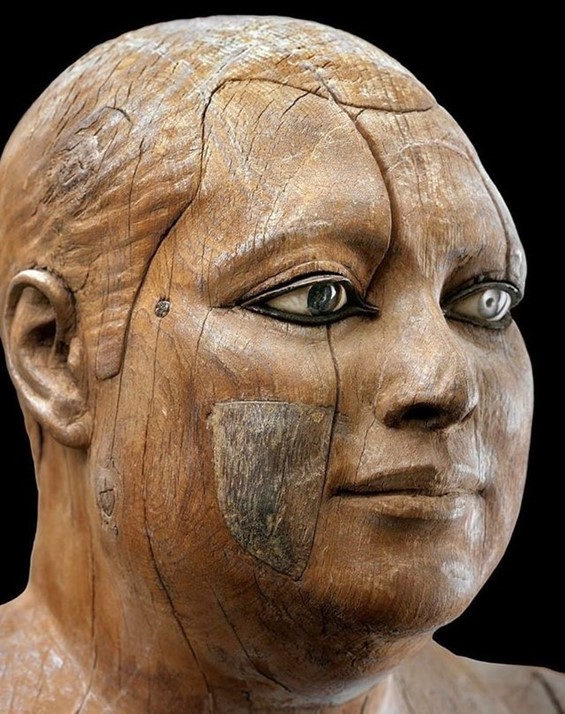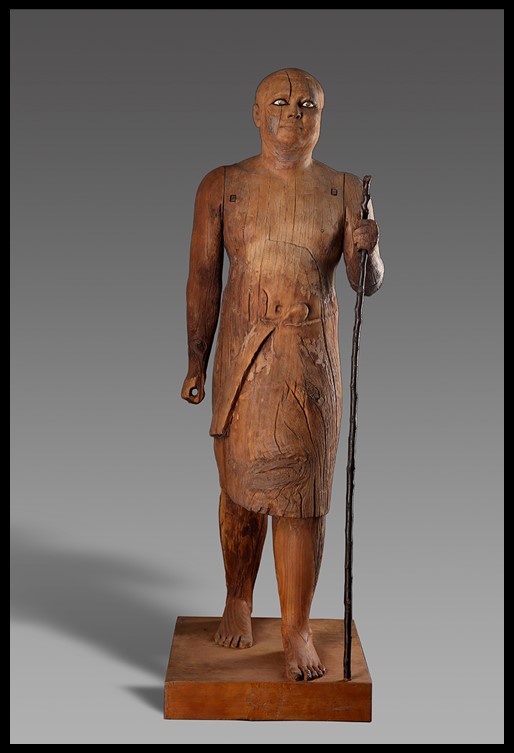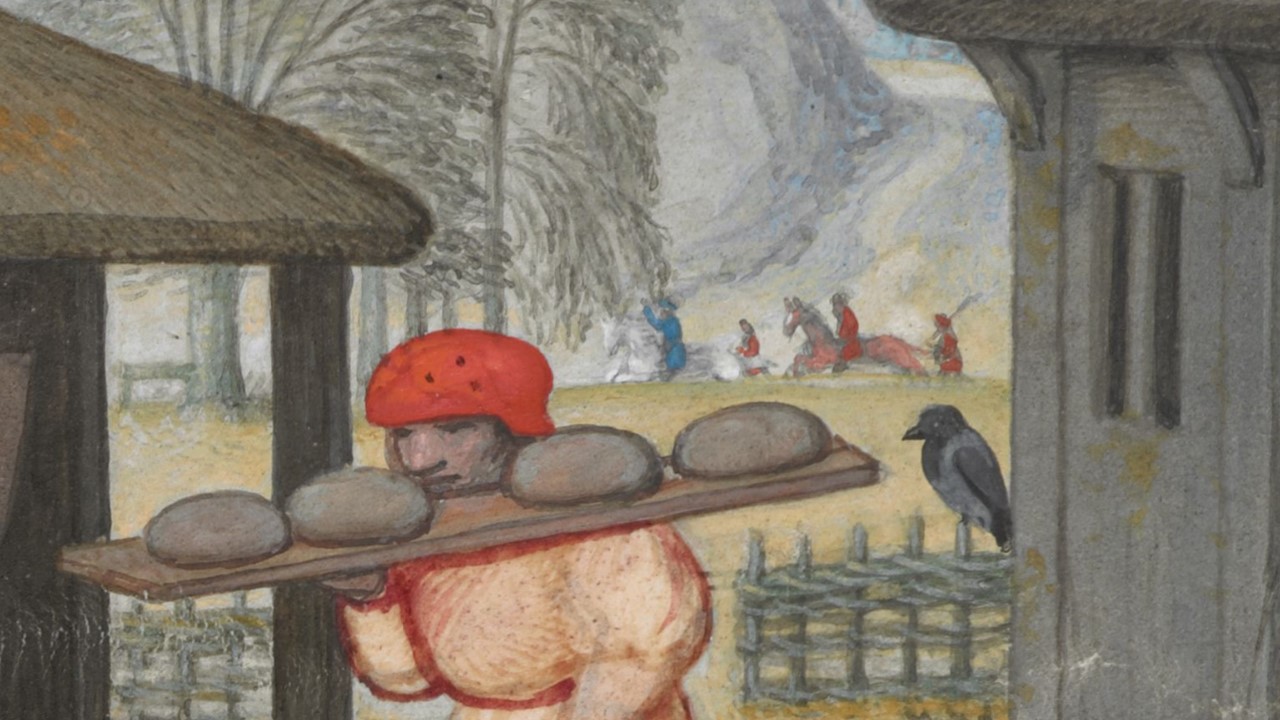
https://en.wikipedia.org/wiki/Wooden_tomb_model#/media/File:Model_Paddling_Boat_MET_20.3.5_EGDP011930.jpg
The dynamic reunification of the Two Lands in ancient Egypt, in the period we call the Middle Kingdom, created new requirements for the Egyptian Pharaohs. No longer an aloof divine representative of the gods on earth, the king in the Middle Kingdom was expected to be more available to the people. This period also saw increased interactions with the outside world, the re-establishment of connections with Syria to the north and the establishment of forts reaching south deep into Nubia. Rich in literature (often of great knowledge and wit), this era also produced exquisite works of art. The cult of Osiris grew as did the number of Egyptians who could equip themselves for the afterlife, what we might recognize as a “middle class.” The dynamic Middle Kingdom represents an amazing period in Egyptian history worth exploring… https://smarthistory.org/middle-kingdom-and-second-intermediate-period-introduction/

During the Middle Kingdom, a period stretching from about 2040 to 1650 BC, Egyptian cultural principles were reimagined. We will start with my Steps to Success Lesson Plan Outline… our Goal is to “travel” through the Middle Kingdom timeline and discuss aspects of cultural and social developments, changes in religious perspectives, and new artistic viewpoints. Let’s not forget that the Middle Kingdom is considered by some scholars the ‘classical’ period of the ancient Egyptian era.
Credited with reuniting Egypt, Mentuhotep II of the 11th Dynasty, brought back peace and prosperity to Egypt and became the first Pharaoh of the Middle Kingdom. During the extended period of his reign, a unique burial complex in Deir el-Bahri was constructed, and a fresh style in Pharaonic representation took shape. By the end of the 12th Dynasty art production reached new heights in architecture, sculpture, painting, relief decoration, and jewelry.

https://en.wikipedia.org/wiki/Senusret_III
If the art of the Old Kingdom appears majestic and confident, let’s not forget the solid stone pyramids, and the youthful, serene, self-assured statues of the pharaohs, the new Middle Kingdom era captivates us with its sense of maturity, and realism. The key development in art is the invention of the Portrait. The transition towards a humanizing tendency in portraiture is captivating. The Portrait of Senwosret III is a good example, as the ruler seems to have consciously chosen to represent his humanity rather than an idealized image of eternal kingship.
Fascinating is the Middle Kingdom’s penchant for symbolic jewelry. The cloisonné pectoral of Princess Sithathoryunet, for example, is astounding. Inlaid with 372 carefully cut pieces of semiprecious stones the pectoral presents us with high-quality craftsmanship and a new Egyptian love for rendering detail… even on the back part of a jewelry piece, the part visible solely to the Egyptian who wore it!
Finally, the increase in the number of private monuments, like the rock-cut tombs in Beni Hasan, the lavish fresco decoration on the walls of these monuments, and the vast production of simple, yet enchanting, funerary gifts like the wood models of workshops, food-production facilities, and domestic structures, is compelling. It shows that a group of talented workmen served the provincial ‘aristocracy’ with fine quality work in every medium, suggesting that during the Middle Kingdom afterlife was ‘democratized’ to allow nonroyal individuals access to a different type of afterlife, and a wider range of ‘available’ symbols to use.
For the PowerPoint ‘The Art of the Middle Kingdom’, please… Check HERE!
For the Middle Kingdom Timeline, please… please Check HERE!
Learn about Pharaoh Mentuhotep II and his achievements through a DW World History Video… https://www.youtube.com/watch?v=KNArI5Y8MOg
Watch a Video about the small MET Model of an Offering Lady Bearer from the Tomb of Meketre… https://www.youtube.com/watch?v=B4k9JklNrTk
The Art of Ancient Egypt: A Resource for Educators is very informative and easy to download… https://www.metmuseum.org/art/metpublications/The_Art_of_Ancient_Egypt_A_Resource_for_Educators
